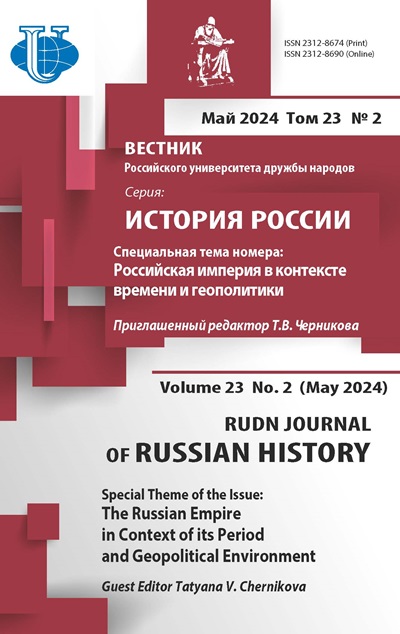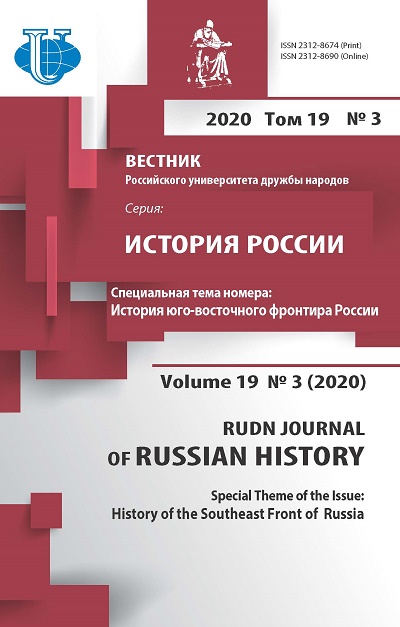Янышев-Нестерова И. Канарские острова в испано-советских отношениях, 1965-1991. Санта Крус де Тенерифе: Идеас, 2019, 472 с.
- Авторы: Хейфец В.Л.1
-
Учреждения:
- Санкт-Петербургский государственный университет
- Выпуск: Том 19, № 3 (2020): ИСТОРИЯ ЮГО‐ВОСТОЧНОГО ФРОНТИРА РОССИИ
- Страницы: 749-751
- Раздел: РЕЦЕНЗИИ
- URL: https://journals.rudn.ru/russian-history/article/view/24462
- DOI: https://doi.org/10.22363/2312-8674-2020-19-3-749-751
Цитировать
Полный текст
Аннотация
-
Об авторах
Виктор Лазаревич Хейфец
Санкт-Петербургский государственный университет
Автор, ответственный за переписку.
Email: jeifets@gmail.com
доктор исторических наук, профессор кафедры теории и истории международных отношений
199034, Россия, Санкт-Петербург, Университетская набережная, 7/9Список литературы
















